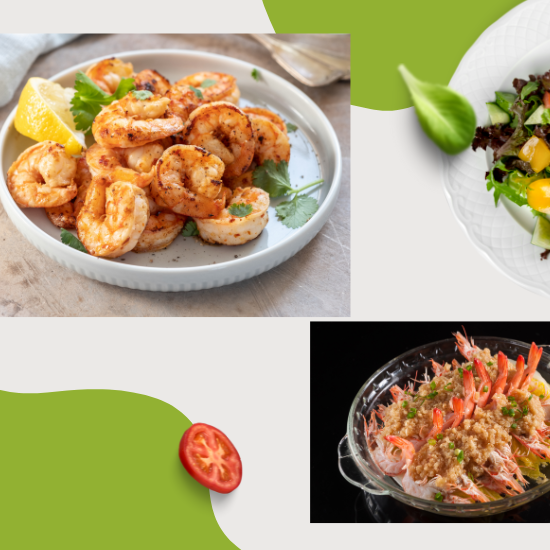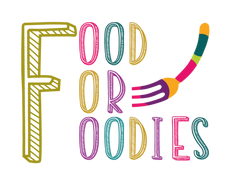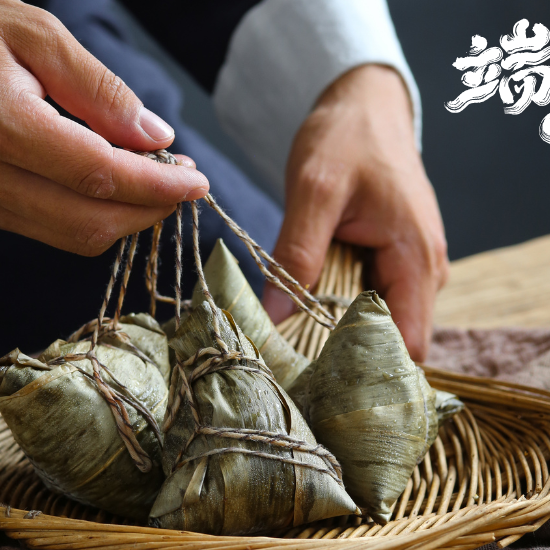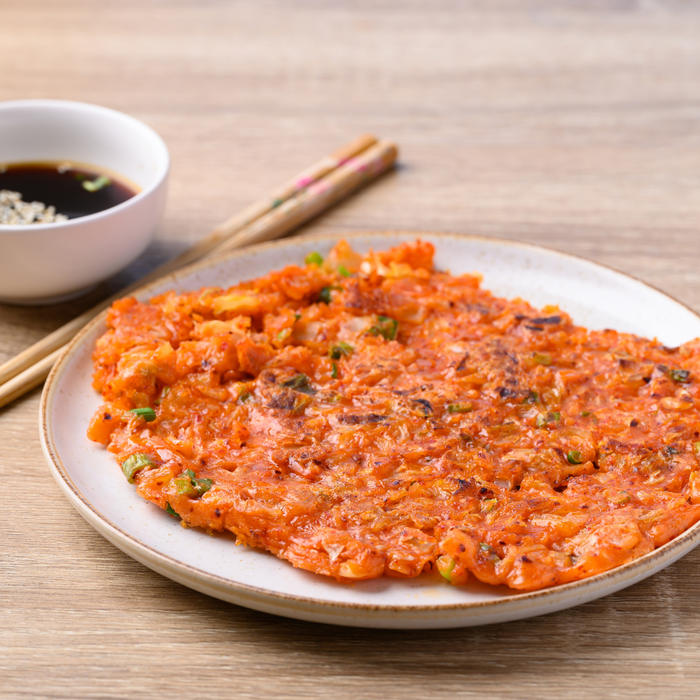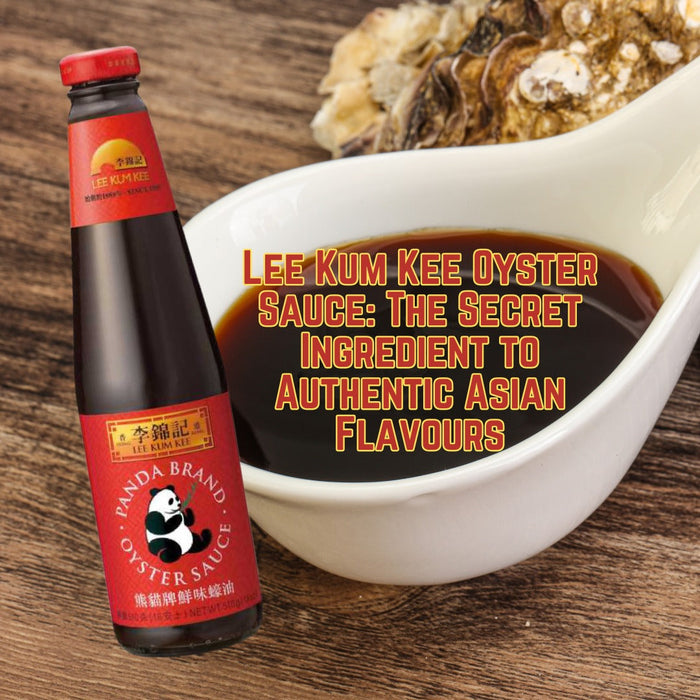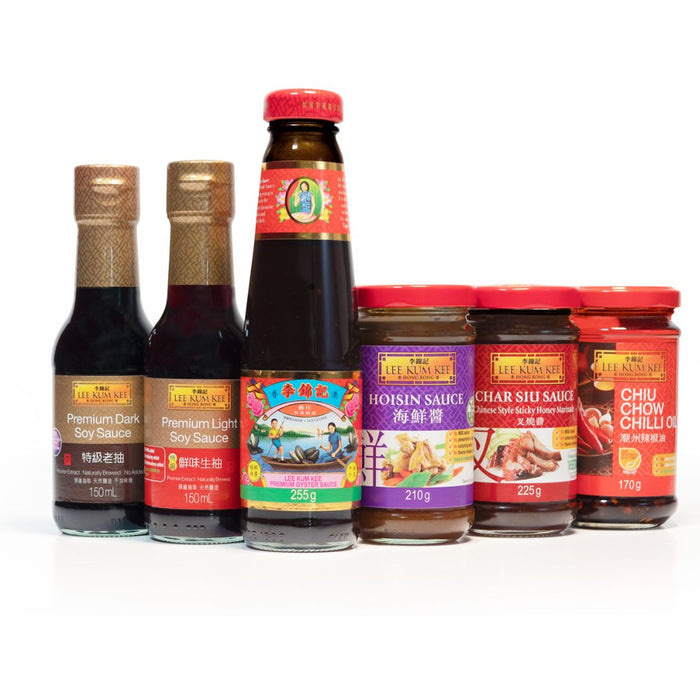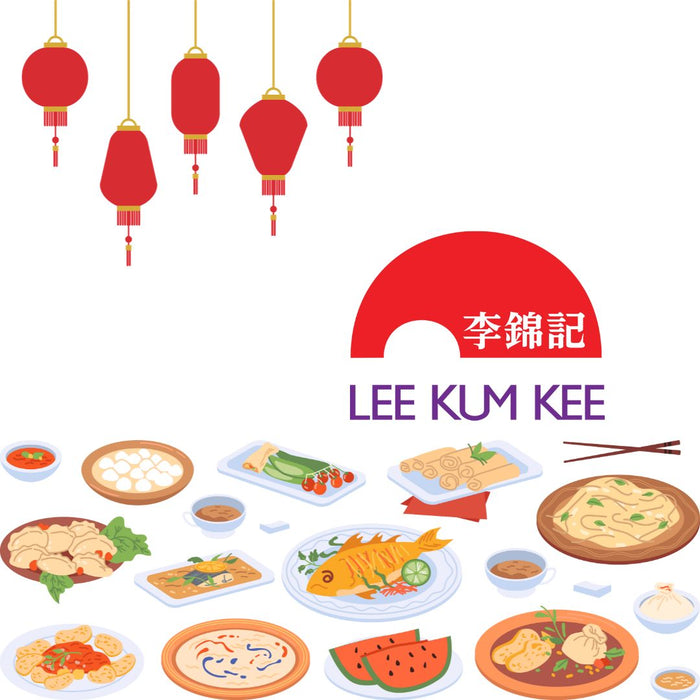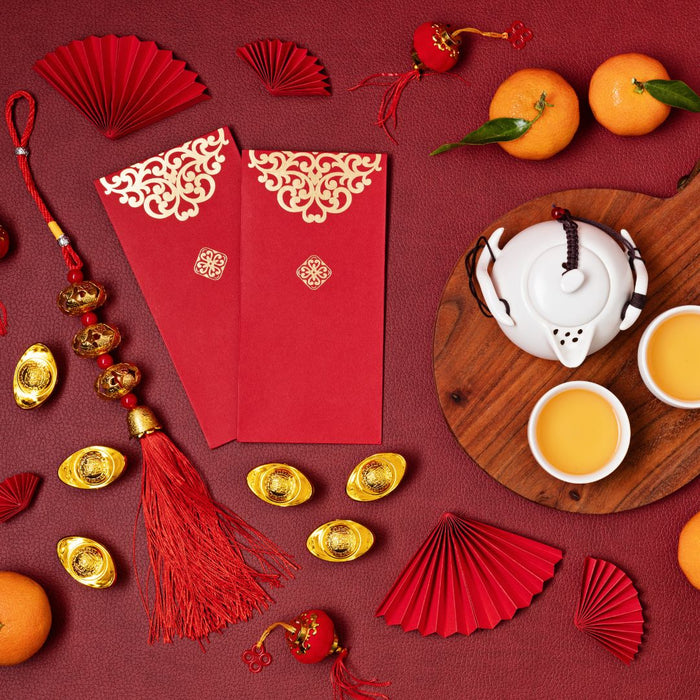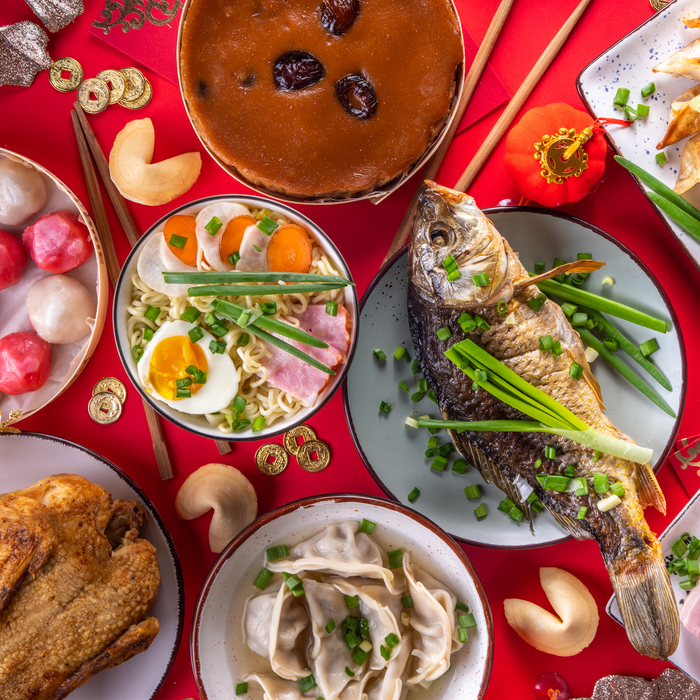For centuries, mooncakes have held a place of prominence in Chinese culture. This delicacy isn't just a tasty treat symbolising prosperity and unity during the Mid-Autumn Festival; it's also packed full of nutrients hidden beneath each intricate design. Get ready to journey with us into the world of mooncakes as we unlock their abundant nutritional benefits. We're about to prove that this traditional Chinese pastry can be both guilt-free and delicious. From essential vitamins to surprising health benefits, our comprehensive guide will leave you eager to indulge in the next mooncake season - because who says you can't have your cake and eat it too!
The nutritional value of mooncakes can vary depending on the filling and ingredients used. For example, a traditional lotus seed paste with single yolk mooncake can contain around 420 calories, 20g fat, 54g carbs, and 6g protein per serving size of approximately 100g. It is important to enjoy mooncakes in moderation due to their high calorie and fat content.
Nutritional Profile of Mooncakes
To fully appreciate the nutritional benefits of mooncakes, it is important to understand their overall composition. Mooncakes are traditionally consumed during the Mid-Autumn Festival in Chinese culture and come in various flavours and fillings such as lotus seed paste, red bean paste, and more. According to traditional recipes, mooncakes often consist of a high proportion of fats, including lard or vegetable oil, which contributes to their richness and flavour.
While mooncakes can vary in nutritional content depending on the specific filling and ingredients used, they tend to be calorie-dense. One serving size of a mooncake weighing approximately 100g can contain an average of 400-500 calories. However, it's worth noting that mooncakes can have varying nutritional values based on their fillings.
For instance, lotus seed paste with a single yolk mooncake contains around 420 calories, 20g fat, 54g carbs, and 6g protein. On the other hand, a spirulina lotus seed paste with a single yolk mooncake has approximately 410 calories, 18g fat, 55g carbs, and 7g protein. These calculations emphasise how different types of fillings can affect the nutritional content.
In addition to fats and carbohydrates, mooncakes also offer some protein content depending on the filling. The high carbohydrate content is attributed to the dough used to make the outer layer of the mooncake. It is typically made from wheat flour, sugar, and oil.
The nutritional value of mooncakes can also vary regionally and based on personal preferences. Some modern variations may incorporate healthier ingredients such as reduced-sugar or low-fat options. These modifications have been introduced to cater to individuals who want to indulge in this festive treat while being mindful of their dietary needs.
It is essential to enjoy mooncakes in moderation due to their high calorie and fat content. While they may not be the healthiest choice for everyday consumption, they can be savoured as occasional treats during festive occasions. Understanding the nutritional profile allows you to make informed choices about portion sizes and balance them with a well-rounded diet.
Now, let's explore the various ingredients used in mooncakes and their individual nutritional value to gain a deeper understanding of what makes up these delectable treats.
- According to food nutrition data, an average 100g mooncake has around 350-450 calories, inclusive of fillings like lotus seed paste and egg yolk.
- A mooncake's calorie content is consisted mostly of fats and carbs, with some types containing up to 23g fat and 54g carbs per serving.
- The protein count in a single serving of mooncake can vary from 0 to 7 grammes depending on the specific filling used.
The Ingredients and Their Nutritional Value
Mooncakes consist of several key ingredients that contribute to their taste, texture, and overall nutritional value. The exact composition may vary depending on the regional preferences and specific fillings used. However, some common ingredients found in mooncakes include lotus seed paste, red bean paste, salted egg yolks, nuts, and sometimes even meat.
Lotus seed paste is a popular filling in mooncakes and is made from dried lotus seeds. It provides a creamy and slightly sweet taste. Lotus seeds are known for their nutritional benefits as they contain essential nutrients such as protein, fibre, iron, and magnesium. They are also low in saturated fats and cholesterol.
Red bean paste is another common filling option that offers a smooth texture and natural sweetness. Red beans are rich in fibre, protein, vitamins, and minerals such as potassium and iron. This filling provides a healthier alternative compared to some traditional options with higher fat content.
Salted egg yolks add a distinct savoury flavour to certain types of mooncakes. While they do contribute additional fats and cholesterol to the overall nutritional profile, they also provide essential nutrients like vitamin A, vitamin B12, selenium, and phosphorus.
Nut fillings, such as mix nutlet kernels or various types of nuts mixed with the paste, add crunchiness to mooncakes. Nuts are packed with healthy fats, protein, fibre, vitamins (such as vitamin E), minerals (including magnesium and selenium), and antioxidants, which offer various health benefits.
The nutritional value of mooncakes can also be influenced by the type and amount of sweeteners and oils used in their preparation. It's important to note that traditional mooncake recipes may include higher amounts of refined sugars and fats, which contribute to their rich flavour but should be consumed in moderation.
Health Benefits and Calories in Mooncakes
Mooncakes, with their rich and indulgent flavours, are often seen as a treat reserved for special occasions. However, they also offer some potential health benefits when consumed in moderation. While it's important to keep in mind that mooncakes can vary in nutritional content depending on the filling and ingredients used, there are some general considerations to be aware of.
Firstly, mooncakes often contain lotus seed paste or red bean paste as the main fillings. These ingredients provide a good source of dietary fibre, which is essential for maintaining healthy digestion and promoting feelings of fullness. Additionally, the lotus seed paste contains potassium, magnesium, and iron, contributing to overall nutrient intake.
Imagine savouring a delectable piece of mooncake filled with smooth and velvety lotus seed paste. Not only does it bring joy to your taste buds, but it also provides a dose of dietary fibre and essential minerals.
However, it's worth noting that while mooncakes can offer some nutritional benefits, they are generally high in calories and fat due to other ingredients like lard or oil used in the pastry crust. The specific calorie content varies depending on the type of mooncake and its size. For example, traditional lotus seed paste mooncakes typically contain around 400-500 calories per 100g serving size.
Now that we've explored the potential health benefits and calorie content of mooncakes let's delve into the distinguishing factors between traditional and contemporary variations.
Traditional Versus Contemporary Mooncakes
Mooncakes have a long-standing tradition in Chinese culture, having been enjoyed during the Mid-Autumn Festival for centuries. However, over time, contemporary takes on these delicacies have emerged alongside the more traditional versions.
Traditional mooncakes usually feature classic fillings such as lotus seed paste or red bean paste. They are known for their dense and rich flavours, often complemented by a salty egg yolk symbolising the full moon. These mooncakes are deeply rooted in cultural symbolism and hold great sentimental value.
On the other hand, contemporary mooncakes cater to evolving tastes and preferences. They offer a wide range of innovative flavours such as matcha, durian, chocolate, and even ice cream. These variations aim to appeal to a broader audience, including those who may not necessarily be familiar with or fond of the traditional flavours.
Consider the contrast between traditional and contemporary mooncakes like comparing a classic black and white film with a modern blockbuster. Both have their distinct charm and captivate different audiences through their unique characteristics.
While traditional mooncakes hold strong cultural significance, it's important to embrace the diversity and creativity found in contemporary iterations. After all, these adaptations keep the tradition alive while introducing new elements that resonate with today's generation.
Some might argue that sticking to tradition is crucial for preserving culture and heritage, while others may advocate for embracing change and innovation to keep traditions relevant in an ever-evolving world. However, both sides can find common ground in appreciating the deep-rooted history of mooncakes while also celebrating their evolution throughout time.
With an understanding of the health benefits, calories, and the dichotomy between traditional and contemporary mooncakes, we can now explore another intriguing aspect: Old and New Ingredients.
Old and New Ingredients
Mooncakes have a rich history dating back centuries, and over time, the traditional ingredients used in these delectable treats have evolved. Traditional mooncakes were typically filled with lotus seed paste or red bean paste, which provided a sweet and flavorful taste. These fillings are still widely popular today and loved by many. The smooth and creamy lotus seed paste offers a delicate sweetness, while the red bean paste provides a slightly earthy and nutty flavour.
However, modern innovations have introduced a variety of new ingredients to cater to different preferences and dietary needs. Today, you can find mooncakes with creative fillings such as matcha, black sesame, taro, durian, and even chocolate. These new ingredients add exciting flavours and textures to the traditional mooncake experience, appealing to a wider audience.
For instance, if you're a fan of matcha green tea's vibrant flavour and health benefits, you may opt for matcha-filled mooncakes. The earthy notes of matcha combined with the richness of the pastry create an indulgent treat that satisfies both your taste buds and your love for this antioxidant-rich ingredient.
While traditional fillings still hold a special place in many people's hearts, these new ingredients allow for experimentation and provide opportunities to savour unique flavours that blend tradition with modernity. It's fascinating to see how mooncakes have evolved throughout the years while maintaining their cultural significance during festivals like Mid-Autumn Festival.
Now that we've explored the various traditional and modern ingredients found in mooncakes let's discuss how these delightful treats can fit into a balanced diet.
How Mooncakes Fit into a Balanced Diet
Mooncakes have earned a reputation for their high calorie content due to their rich fillings and buttery pastry. It is essential to consume them in moderation to maintain a balanced diet. While it's true that indulging in a mooncake can be a treat, it's equally important to be aware of their nutritional value and consider your overall dietary needs.
Let's take the example of lotus seed paste with a single yolk mooncake, which is one of the most popular traditional flavours. This flavorful delight comes with 420 calories, 20g of fat, 54g of carbs, and 6g of protein per serving size of around 100g. While it provides a source of protein and carbohydrates, it's also higher in fat and calories.
Mooncakes can be enjoyed as part of a balanced diet by mindful portion control. Instead of consuming an entire mooncake at once, you can savour half or even a quarter of a mooncake and pair it with nutrient-dense foods like fruits or vegetables. By doing so, you can still enjoy the cultural experience while managing your calorie intake and maintaining balance in your diet.
Think of mooncakes as a special indulgence, much like enjoying a slice of cake on a special occasion. It's not something you need to exclude from your diet entirely but rather enjoy in moderation.
Remember, variety is key when it comes to maintaining a healthy lifestyle. Mooncakes should be seen as an occasional treat that adds enjoyment to festivities without compromising your overall well-being. By practising mindfulness and balance, you can unlock the nutritional benefits of mooncakes while still adhering to your dietary goals.
- Mooncakes are high in calories and fat, but they can still be enjoyed as part of a balanced diet with mindful portion control. Think of them as a special treat to enjoy in moderation, much like a slice of cake on a special occasion. Pairing mooncakes with nutrient-dense foods like fruits or vegetables can help maintain balance in your diet. Remember that variety is key when it comes to maintaining a healthy lifestyle, and practising mindfulness and balance can help unlock the nutritional benefits of mooncakes while still adhering to your dietary goals.
